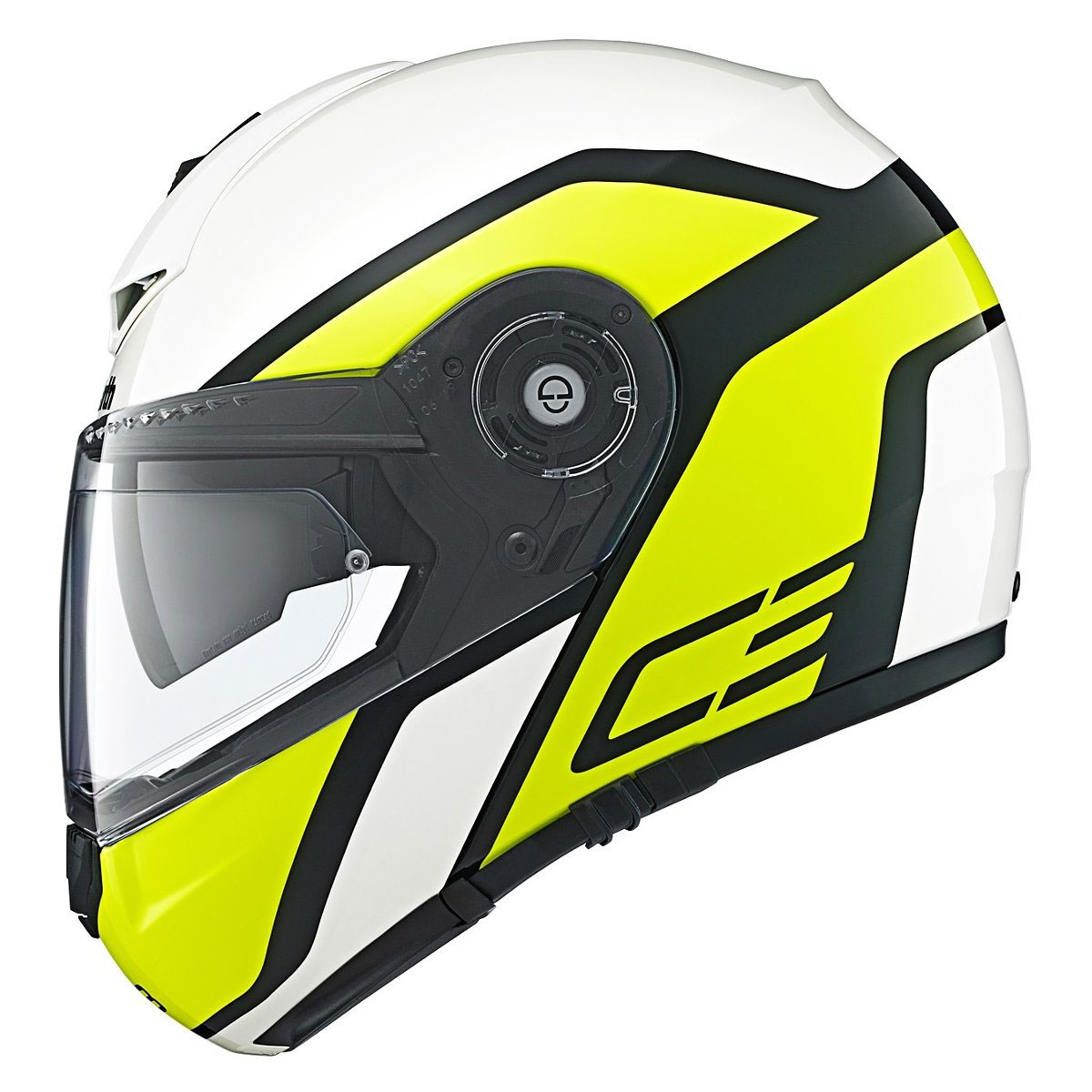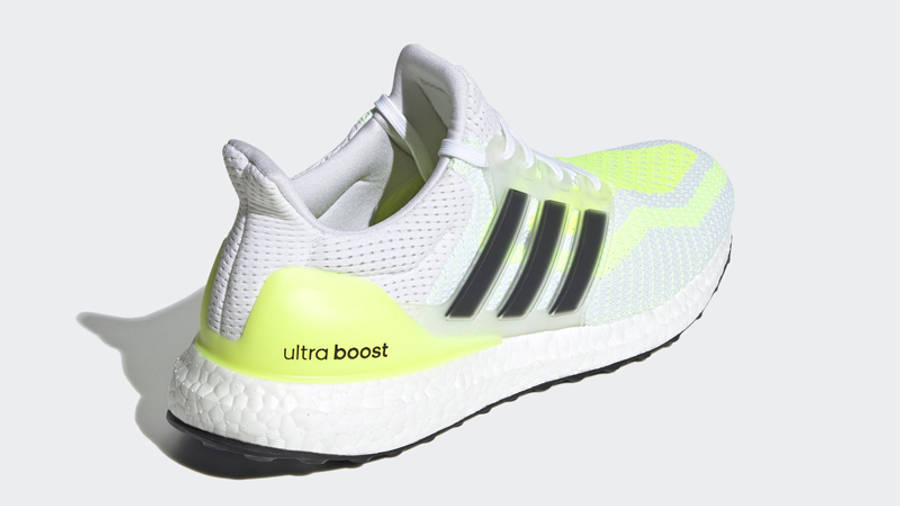


- #Yellow marks autopano video pro pro#
- #Yellow marks autopano video pro software#
- #Yellow marks autopano video pro tv#
#Yellow marks autopano video pro tv#
Even 3D TV could be enjoyed by a group of viewers.

Most current technology empowers instant social communication. This is the exact opposite of the experiences created by almost all other technology exhibited at CES. The VR experience, at least currently, is an isolated or isolation creating experience. And, here is a link to a GoPro marketing video.
#Yellow marks autopano video pro pro#
Here is a link to an Autopano Video Pro demonstration. Unfortunately, it only works with Samsung phones. This is the solution to headset frustration. The latest Samsung Gear 360 features a control-pad on its side. When the few minute experience is over, to even repeat the experience, you’ll have to remove the phone to gain access to the screen. Second, smartphone’s are controlled by touching their screen-yet your phone’s screen is now deep inside the headset. First, the insertion can cause the power-button or audio-level buttons to be pressed. By downloading a VR app to your smartphone, you can browse their library and select an experience to view.Īfter selecting an experience from the Times website, quickly place your smartphone into your headset. The New York Times has a site with many VR stories. When watching websites on a TV you do not have a way to drag the image to move the viewport. And, here lies the source of the problem I mentioned earlier. The most popular way to view these 360-degree images is to upload them to, for example, YouTube with metadata that signals that the upload should be presented in a viewer that enables one to drag a mouse around the screen to shift the view. This approach enables TV viewers to see a far more comprehensive picture of certain stories. A TV station in India enables the newsreader to control the view presented while presenting her story. There are three fundamental ways for you to view a 360-degree capture. To prevent nausea, it’s necessary your view into a scene precisely moves as your head moves in 3D space. Data include the phone’s up/down tilt and the direction and acceleration of head turns. When a smartphone is your viewing device, sensors built into the phone send data to the software. The coordinates that define the current view can come from dragging a mouse left-to-right and as up-and-down on a computer display.
#Yellow marks autopano video pro software#
When a particular “view” is required, sophisticated software employs the view’s coordinates to gather a set of RGB data and then generate pixels that represent the desired view. Instead, I think of it as a database of RGB values. I tend not to think of the recorded information from a 360-degree camera as an image. (A typical headset field-of-view will be about 100-110-degrees.) During viewing, by one of several different means, you can view any area within the sphere. Were each side camera is able to capture a 120-degree image, when the four side images were stitched together a 60-degree “hole” would exist on the bottom image that would nicely prevent a tripod from appearing in the spherical capture.įigure 6 shows a far more elaborate six-camera solution from GoPro that sells for $5000. One sensible solution would be to eliminate the bottom camera. The issue is how can such a camera be held or mounted? The cameras could be mounted on each face of a cube with each lens providing a 90-degree angle of view both horizontally and vertically. The obvious way to capture a spherical image is by using six cameras. Most VR cameras also capture a 180-degree view from below to above the camera. All VR cameras capture a 360-degree horizontal view, which means you can see everything around you.


 0 kommentar(er)
0 kommentar(er)
